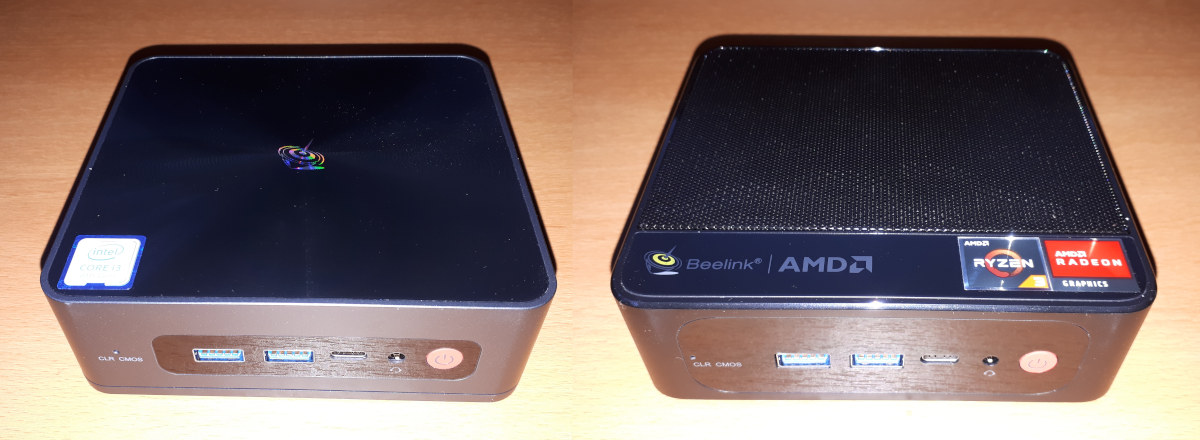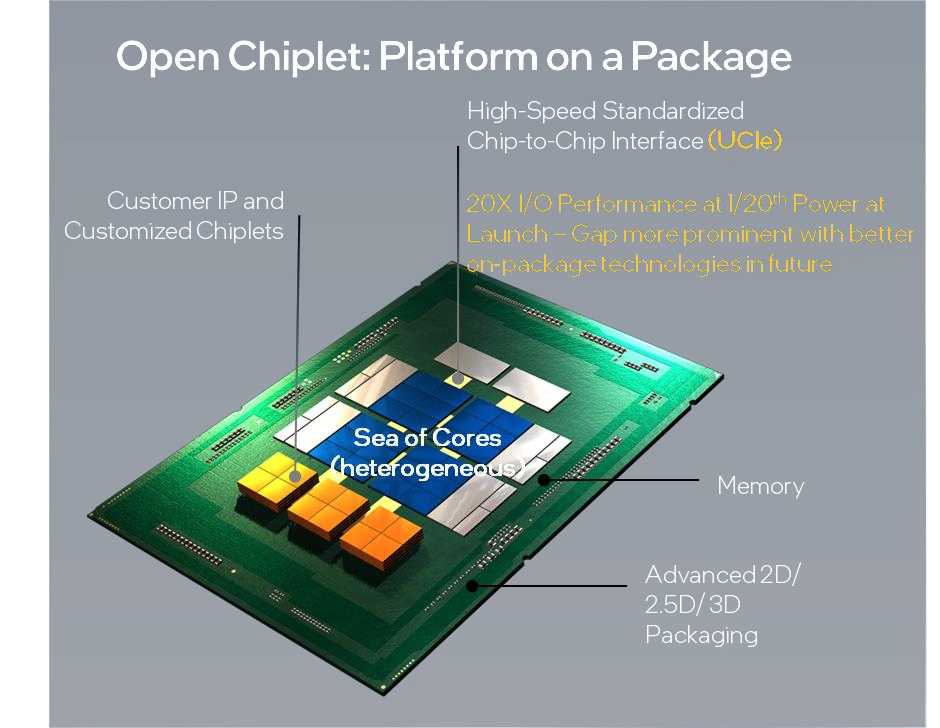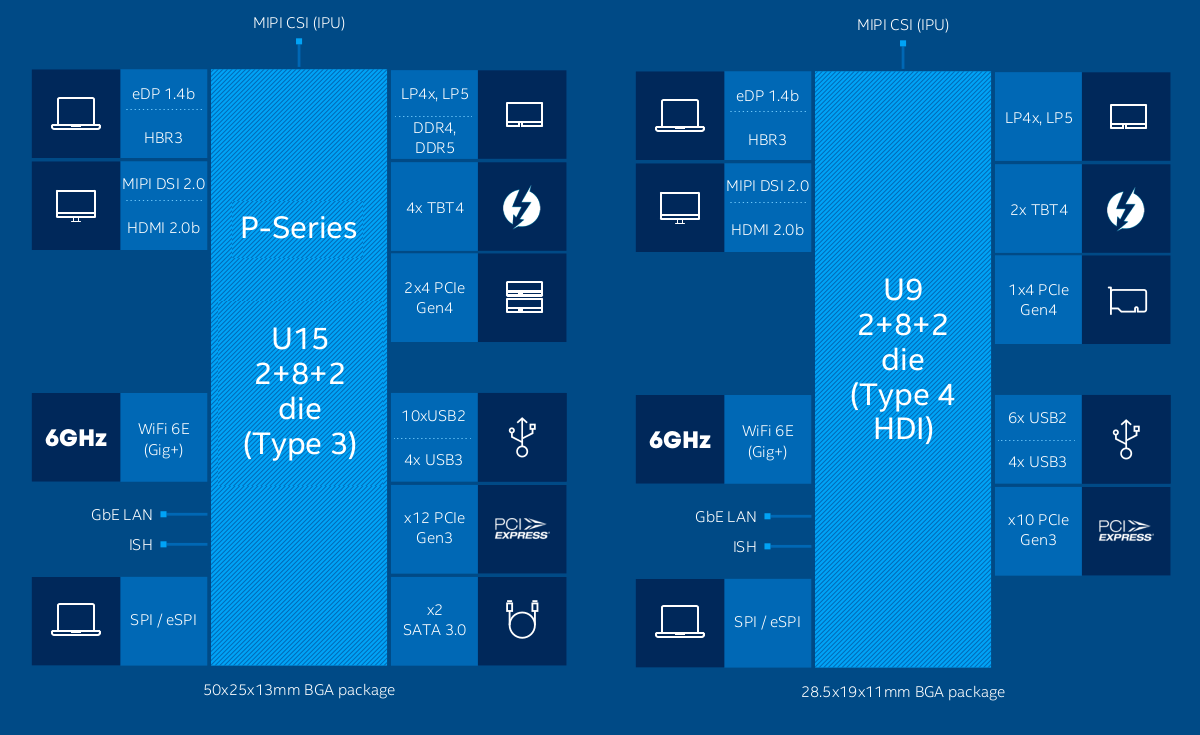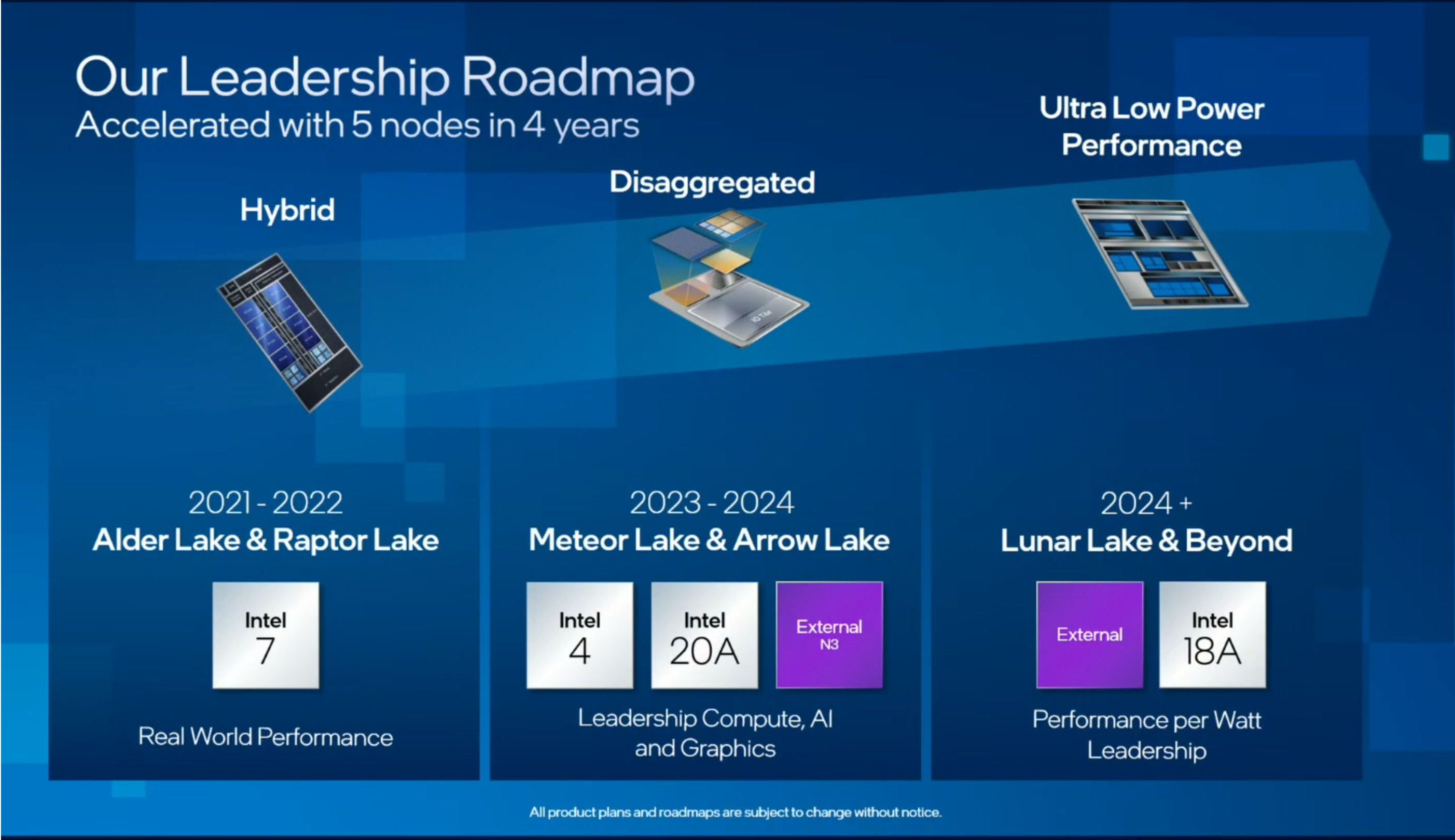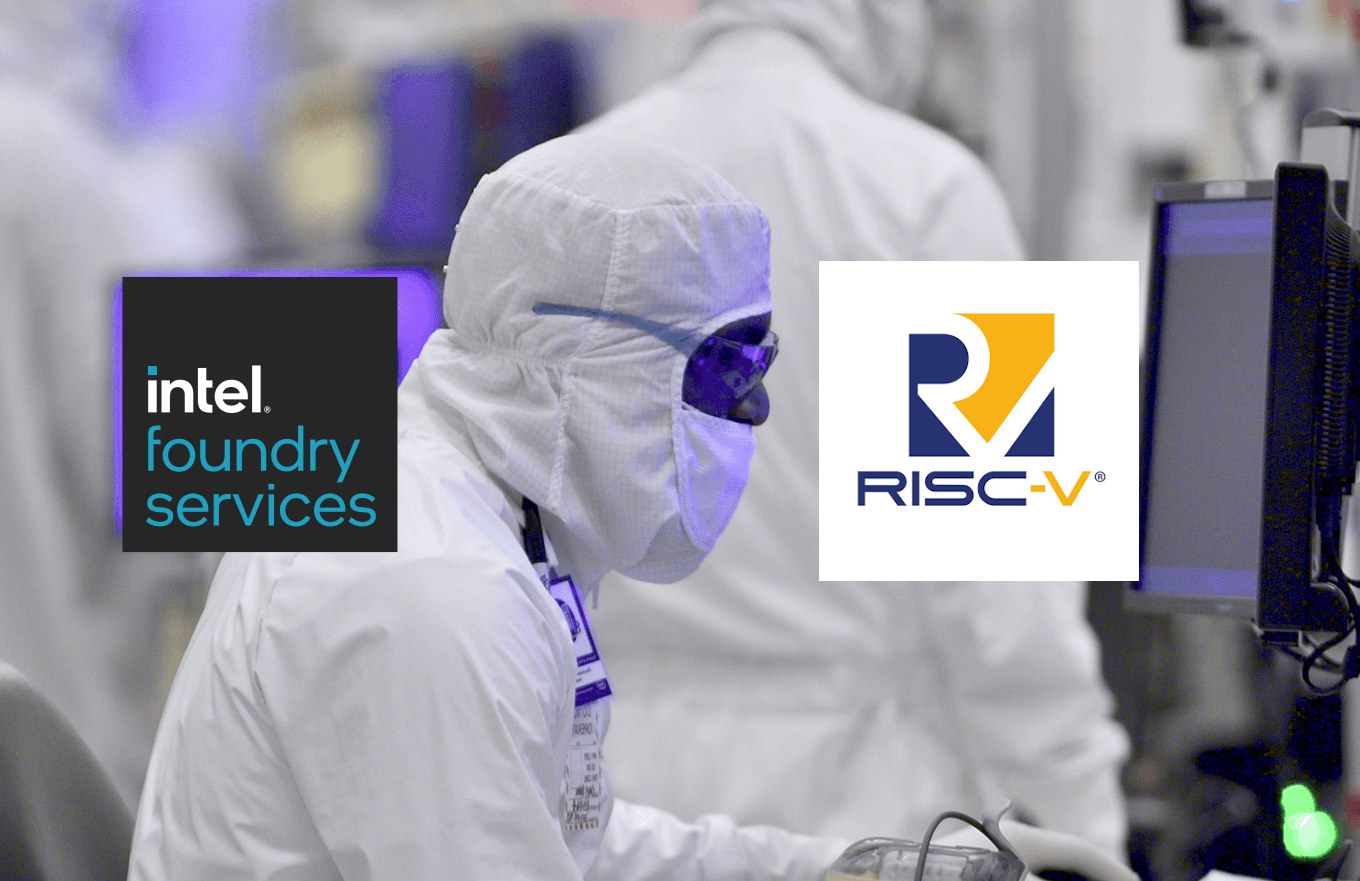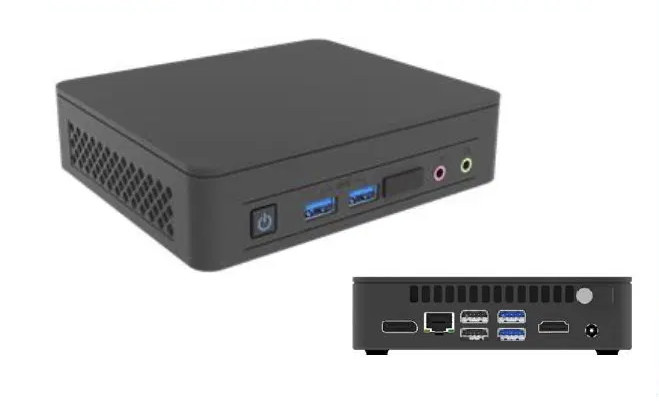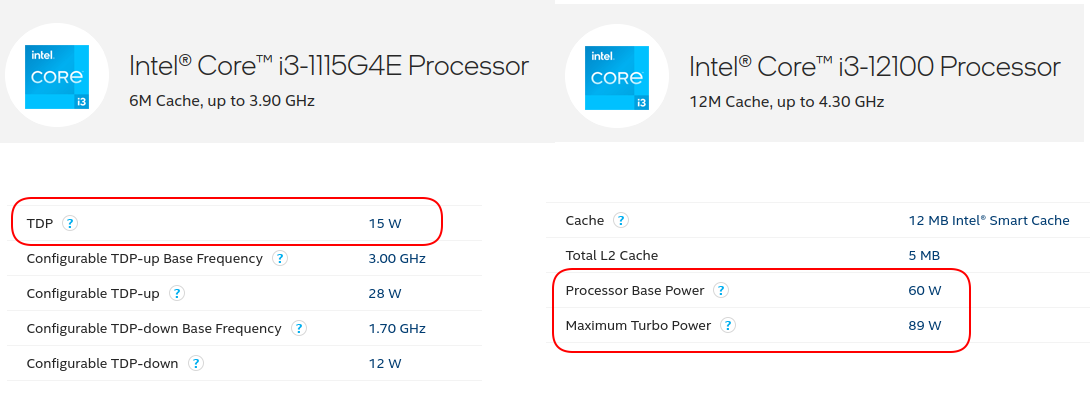In the past, new mini PCs were released as a result of new processors coming to market. However, with the pandemic and its consequences on the supply chain, some Chinese manufacturers’ survival response has been to source old processors in order to continue presenting new devices. It could be argued that for this approach to be successful these alternative older processors should at least be comparable in performance terms to the latest processors that are currently, or theoretically potentially, now available. In terms of low-end Intel mini PC processor chronology which started with Bay Trail and then Cherry Trail followed by the Lakes of Apollo and Gemini, the current benchmark is Jasper Lake. A good example of this adaptation to market circumstances is Beelink’s release of their latest additions to their SEi and SER product lines which feature the older Intel Core i3-8109U (Coffee Lake) and AMD 3200U processors respectively. […]
Embedded World 2022 – June 21-23 – Virtual Schedule
Embedded World 2020 was a lonely affair with many companies canceling attendance due to COVID-19, and Embedded World 2021 took place online only. But Embedded World is back to Nuremberg, Germany in 2022 albeit with the event moved from the traditional month of February to June 21-23. Embedded systems companies and those that service them will showcase their latest solution at their respective booths, and there will be a conference with talks and classes during the three-day event. The programme is up, so I made my own little Embedded World 2022 virtual schedule as there may be a few things to learn, even though I won’t be attending. Tuesday, June 21, 2022 10:00 – 13:00 – Rust, a Safe Language for Low-level Programming Rust is a relatively new language in the area of systems and low-level programming. Its main goals are performance, correctness, safety, and productivity. While still ~70% of […]
UCIe (Universal Chiplet Interconnect Express) open standard for Chiplets with heterogeneous chips
We first heard about Chiplet, chips that gather IP or chips from different vendors into a single chip, in 2020 with the now-defunct zGlue’s Open Chiplet Initiative, but the term recently came back to the forefront last month with Intel’s investment into the “Open Chiplet Platform” that aims to offer a modular approach to chip design through chiplets with each block/chiplet customized for a particular function. It turns out there’s now an official standard called the Universal Chiplet Interconnect Express (UCIe) whose specification defines the interconnect between chiplets within a package, and not only backed by Intel, but also AMD, Arm, ASE, Google Cloud, Meta, Microsoft, Qualcomm, Samsung, and TSMC. UCIe defines the Physical Layer (Die-to-Die I/O) and protocols to be used for the chiplet interfaces, currently PCIe and CXL (Compute Express Link), but more protocols will be added to the specification in the future. The goal is to provide […]
Intel launches Alder Lake P-Series and U-Series mobile hybrid processors
Intel first unveiled the most powerful Alder Lake H-Series last year before the launch in January, and also introduced Alder Lake-S desktop IoT processors and Alder Lake U-Series and P-Series mobile IoT SoCs in early January. But now the company has announced the launch of the Alder Lake P-Series (28W) and U-Series (9W and 15 PBP) 12th generation mobile processors designed for “thin-and-light” laptops which should become available around March 2022. The block diagram of the 28W P-Series and 15W U-Series (source: product brief from Intel) shows both offer the same interfaces including eDP 1.4b, HDMI 2.0b, 2x PCIe Gen4, 12x PCIe Gen3, 2x SATA… and the same 50x25x12mm BGA package. But the 9W U-Series comes in a cost-optimized 28.5x19x11mm BGA package that does without SATA interfaces, a lower number of PCIe Gen3 interfaces (10 vs 12), USB 2.0 interfaces (6 vs 10), Thunderbolt 4 interfaces (2 vs 4), and […]
Intel aims to be the performance per watt leader by 2024 with Lunar Lake processors
Apple-designed Arm processors have shown it’s possible to get high-performance at relatively low power, and this has left competitors behind in that regard. But Intel aims to rectify that with the goal of becoming the “performance per watt leader” by 2024 with the new Lunar Lake processors manufactured with Intel 18A process. Intel also provided some details about families following Alder Lake processors with Raptor Lake expected later this year, Meteor Lake and Arrow Lake based on Intel 4 and 20A processes in 2023-2024 2022, and Lunar Lake expected in 2024+. Let’s have a look at what we know so far for each family. Intel Raptor Lake The Raptor Lake processors will rely on the same “Intel 7” process as Alder Lake processors, offer up to double-digit performance boost (translation: up to around 10% in specific workloads), up to 24 cores and 32-threads, better overclocking, support for AI M.2 modules […]
Intel to invest $1 billion in foundry innovation, becomes RISC-V International member
Intel has just announced a $1 billion fund to support companies bringing innovations and new technologies to the foundry ecosystem. The company says the fund will prioritize investments in “capabilities that accelerate foundry customers’ time to market – spanning intellectual property (IP), software tools, innovative chip architectures, and advanced packaging technologies.” What’s interesting is that it does not only cover x86 architecture but also Arm and RISC-V, with a focus on the latter, as Intel has just become a Premier member of RISC-V International, and partnered with several companies offering RISC-V solutions including Andes Technology, Esperanto Technologies, SiFive, and Ventana Micro Systems. Intel’s Open Chiplet Platform Part of the investment will go to the Open Chiplet Platform offering a modular approach to chip design through chiplets with each block/chiplet customized for a particular function. This will allow designers to select the best IP and process technologies for a particular SoC. […]
Intel launches NUC 11 Essential mini PC, Kits, and SBC with Jasper Lake SoC
Details about the Intel NUC 11 Essential “Atlas Canyon” mini PCs with Jasper Lake processor were leaked in May 2021, but Intel has now made it official with the “launch” of five NUC 11 Essential SKUs with one Windows 11 mini PC with 4GB RAM and 64GB storage, three kits (bare mini PC), and one bare board all listed on Ark Intel. I put “launch” between quotes because it’s only “launched” as stated on Ark Intel, but it does not look like it’s available for sale just yet, but now at least we get confirmation about the specs from the leak that was fairly accurate, except Intel did not launch 10W Jasper Lake J-Series processors, and both 6W and 10W Jasper Lake processors are part of the N-Series. Intel NUC 11 Essential specifications: SoC/memory/storage NUC11ATKC2 Mini PC SoC – Intel Celeron N4505 dual-core processor clocked at 2.0 GHz / 2.9 […]
TDP (Thermal Design Power) vs PBP (Processor Base Power) – Are there differences?
TDP (Thermal Design Power) metric has been used for years to help manufacturers design appropriate cooling solutions for Intel/AMD processors and give an idea of their power consumption. But I did not immediately catch up that TDP was gone from the recent Alder Lake IoT processors announcement, and Intel is now using PBP (Processor Base Power) instead, while somehow cTDP (configurable TDP) down/up numbers are still provided. Beyond the announcement, if we look into the Intel Ark database, older processors still show TDP, while it’s completely gone for new processors with the specs instead listing Processor Base Power (PBP), and for the ones with Turbo mode “Maximum Turbo Power” (MTP) is also included. But what do those mean exactly? Intel “explains”: TDP definition: Thermal Design Power (TDP) represents the average power, in watts, the processor dissipates when operating at Base Frequency with all cores active under an Intel-defined, high-complexity workload. […]


